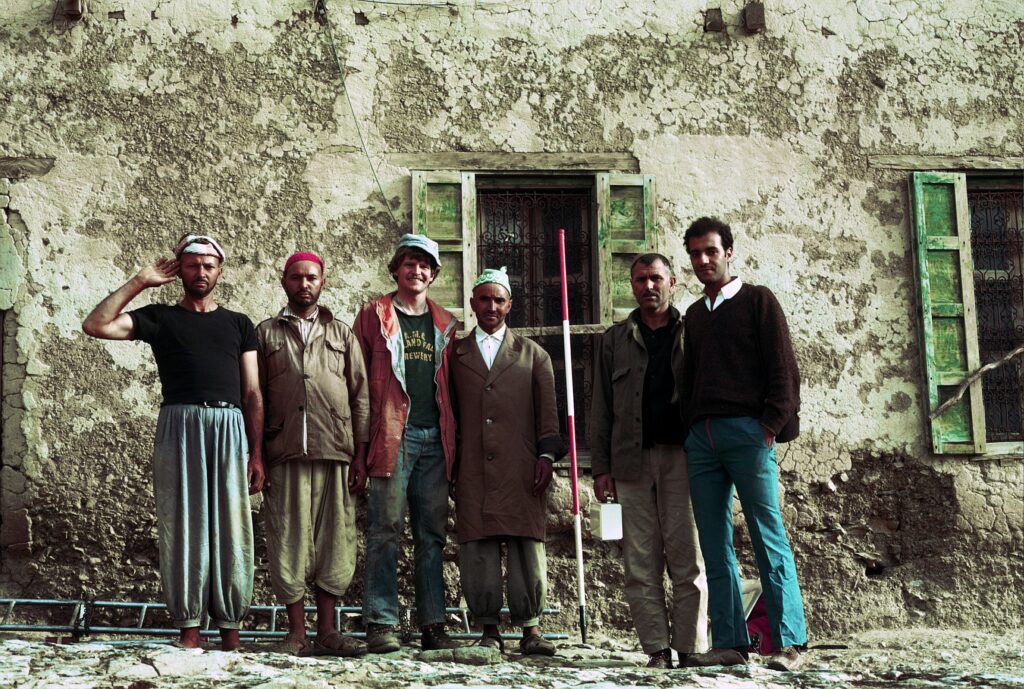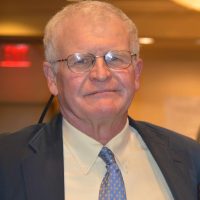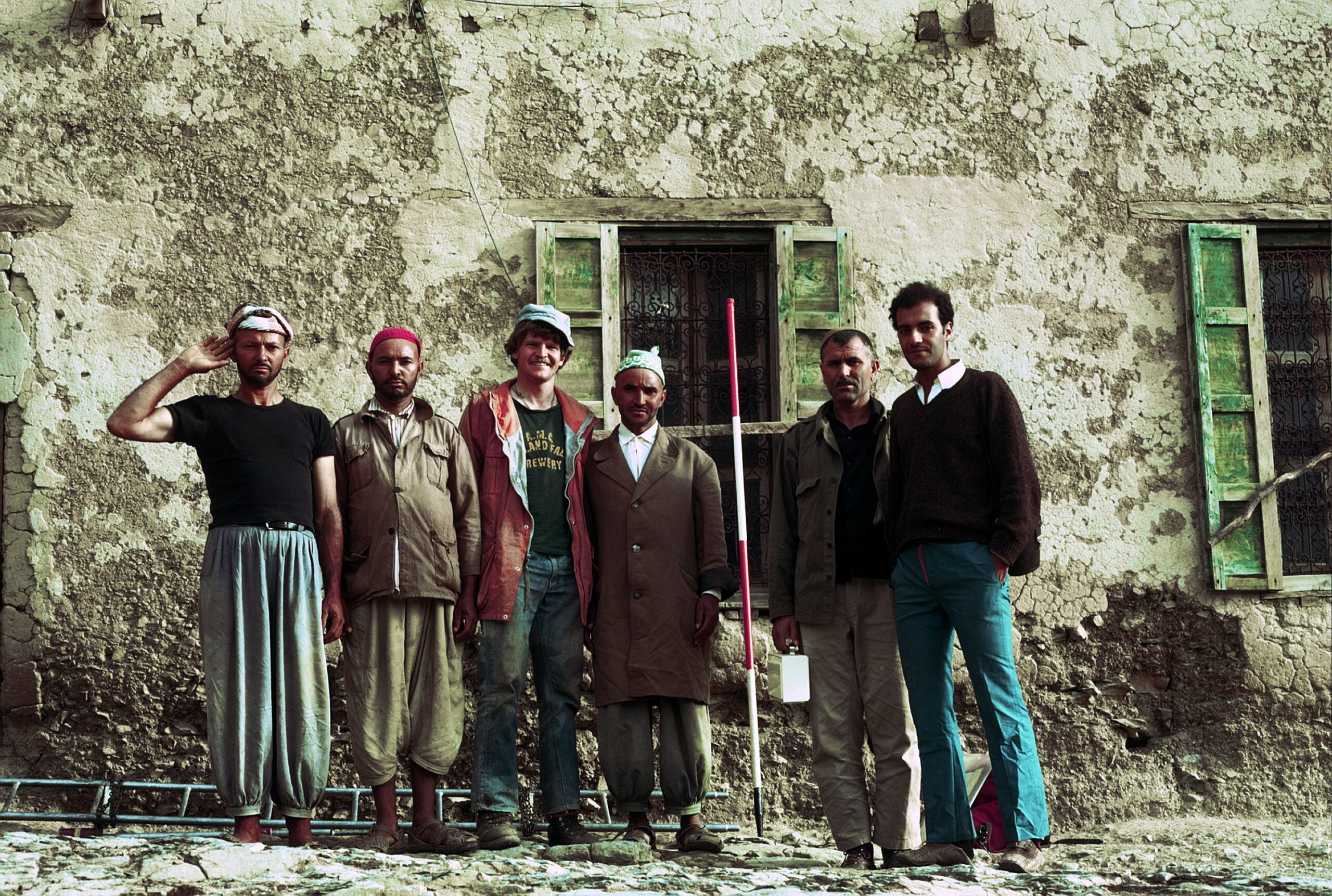I was one of the agriculture/forestry volunteers in Morocco with degrees in the areas in which we were assigned to work. At that time, ten years after the founding of the Peace Corps, there was interest in having “professional” volunteers, although there were clearly some different perspectives about this within the agency.
Our country director, Dick Holbrooke, who went on to diplomatic fame, complained to us in a memo that, at a Peace Corps Country Director conference discussion of “silk shirt” vs. “hair shirt” volunteers, he was asked to represent “silk shirt” volunteers. Because many of us in Morocco lived with running water and electricity in cities and had office jobs with regular working hours, we were apparently seen as the silk shirts (although this wasn’t a term that meant much to us). Holbrooke insisted that each country was unique and the distinction between silk shirt and hair shirt volunteers was irrelevant – a perspective I embraced many years later when I was country director in countries with very different volunteer lifestyles.
Most of my Morocco group had attended the University of Minnesota with classes together about serving in the Peace Corps in Morocco, but they were short a couple of foresters so I, and another University of Massachusetts forestry graduate, joined their group right after graduation. Our first month of training was in Crookston, Minnesota, with emphasis on the French language (used in government ministries), and then we flew to Morocco and trained for six weeks in the capital Rabat, followed by a two-week crash course in darija (Moroccan Arabic) at the historic American Legation in Tangier.
Some of us were assigned to government ministries in Rabat. We were given an allowance and told to find our own housing (no staff approval required). Another volunteer and I found an apartment in the ancient city of Salé across the Bou Regreg River. I was assigned to work with a Danish-led forestry team based at the “Eaux et Forêts” (Ministry of Water and Forests) headquarters and later at the forest research center, both in the capital city. This ministry, like others throughout the country, was modeled after what France established during the colonial period (which had ended just fifteen years before).
My team’s focus was to inventory Moroccan forests, and I primarily worked in the Mamora (the world’s largest cork forest) and the majestic cedar forests in the Middle Atlas Mountains. While the Mamora was accessible on day trips, the cedar forest work required extended overnight trips, staying in primitive facilities or tents in “hair shirt” conditions. Once we backpacked into a remote village which served as a base for further foot travel deeper into the forest.

I have a photo of myself in that village with five Moroccans: two employees of the government forestry ministry on the right (who had come with me from Rabat) and three villagers recruited to assist. The differences in clothing between the “city” men and the two from the remote village are quite striking.
In 2008, I chose that photo when a suggestion was made at the Overseas Staff Training to post a photo of yourself as a PCV in the country office. This often resulted in interesting conversations with the PCVs in Burkina Faso, Ukraine, and Guinea where I was country director between 2008 and 2016. I also submitted this photo to the online PC library and it appeared in NPCA’s WorldView magazine.
When I was in Ukraine, some forty years after the photo was taken, a PC staff member visiting from Morocco was surprised to see it hanging in my office. He told me that the very same photo was in his office back in Rabat. When I told him that it was me in the photo, he was amazed! A Morocco country director had gone to the PC archives and selected various photos to decorate the office and, unbeknown to me, mine had been selected and ended up on his wall. When I was in Morocco working for PC in 2017, that photo was still on display, and in 2022 I was told that it was still there.
Soon afterward, Peace Corps office photos were changed and the photograph was returned to me so I donated it to the Museum of the Peace Corps Experience!




